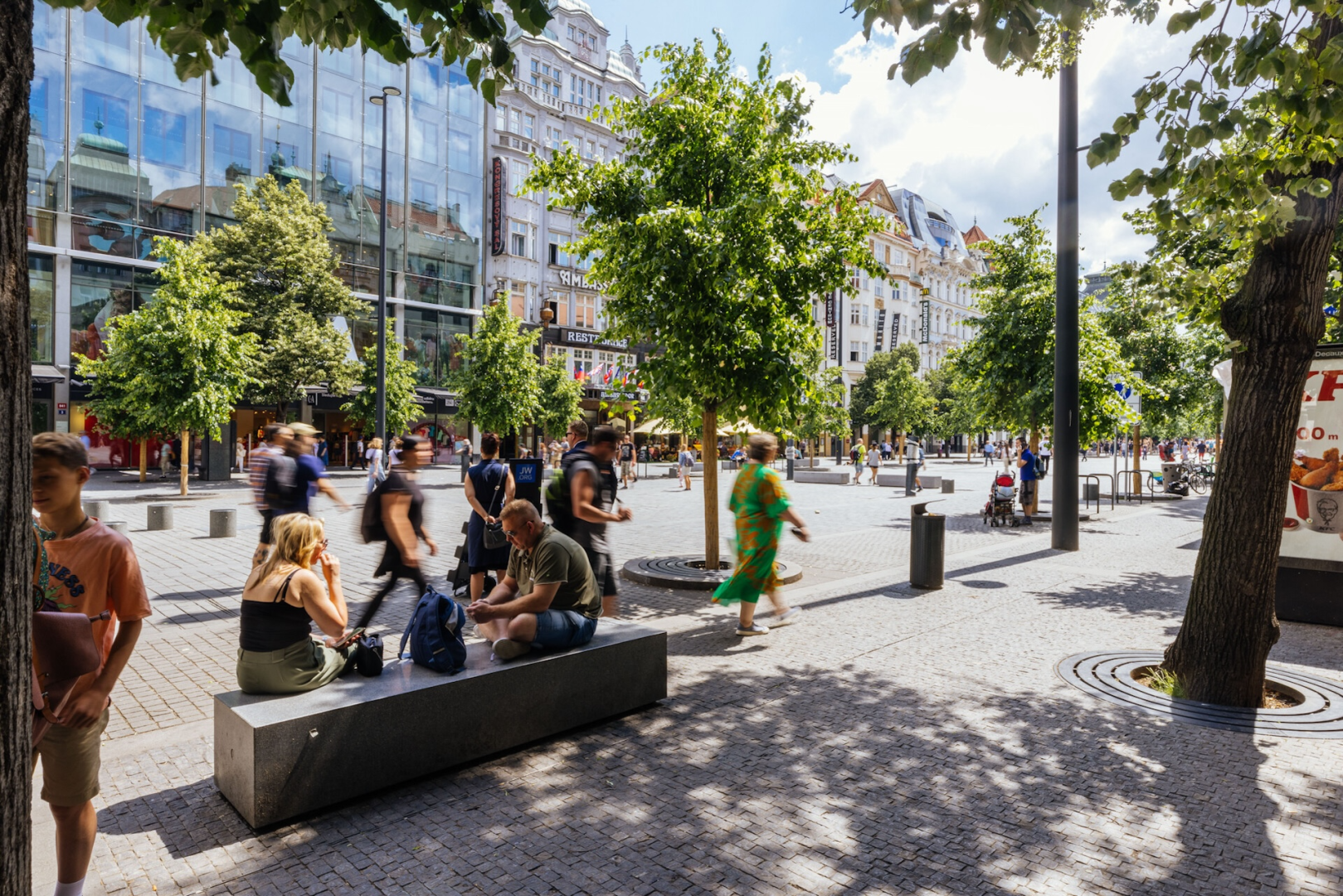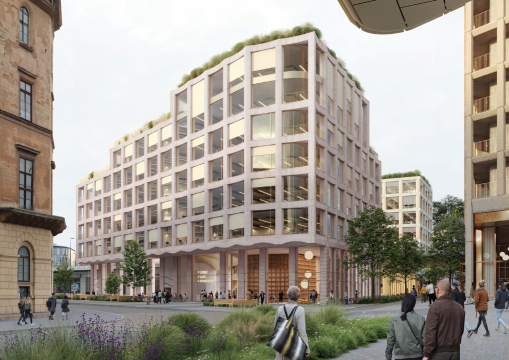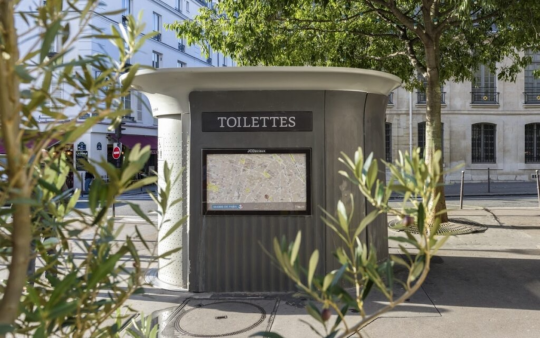IPR Prague’s Public Space Manual marks 10 years of improving the city’s streets and squares. It has been translated into 3 languages and is collecting European awards.
Safe, accessible, and pleasant—these are the qualities a public space should have. In June, the Prague Public Space Manual celebrated 10 years of helping Prague achieve these goals and it continues to garner success internationally. The manual has been translated into several languages, including Korean, inspired a similar manual in Lisbon, and has been included in the selection of best practices by the European Commission's Living Spaces initiative. Thanks to the manual, Prague also hosted foreign public space experts this spring.

Streets, parks, and squares are the fundamental components of any city. However, their quality in Prague was neglected for years. The Prague Institute of Planning and Development (IPR Prague) is striving to change this approach and help the city better serve its people and their needs. The Public Space Manual, the first Prague guidebook for quality streets, parks, and squares, has been helping to make public spaces more welcoming and functional since 2014. It provides principles, rules, recommendations, and criteria for public space design. It addresses long-standing unresolved issues and offers tools to improve the quality of public spaces from the big picture down to the details.
“There should be a continuous discussion about the nature of public spaces, as times change and each generation of city residents has its own demands. However, having a solid foundation like the Manual is essential. The fact that Prague created it 10 years ago and has defended it in the European context confirms that we are keeping pace with Europe, and sometimes, thanks to the quality of our materials, we even serve as an inspiration for others. A significant confirmation of its success is that the Manual is gradually being adopted as good practice by city companies, such as the Technical Road Administration, Prague Water Supply and Sewerage, the Transport Company, and Prague’s Technology Administration. It is also being implemented in private projects involving spaces handed over to the city. However, it’s important to note that we still need to improve, for example, in the design and implementation of separated and safe bike lanes,” says Petr Hlaváček, Deputy Mayor for Territorial and Strategic Planning.
Visible Changes in the City
The Public Space Manual is binding for city organizations and entities, as well as for organizations drawing funds from Prague's budget. Examples of successful implementation include the Smetana Embankment, the lower part of Wenceslas Square, and the area around the National Museum, which have all been revitalized in accordance with the Manual.
IPR Prague also continues to develop the manual through so-called plug-in documents, which cover specific topics in greater detail. These include "Artworks in Public Spaces," "Prague Cemeteries," and "Cultivated Traffic Signage in the Urban Environment,” which is in preparation.
“Looking back, I realize that the Manual not only had a key practical impact on the appearance of public spaces in Prague, but also marked a fundamental shift in the approach to quality and the importance of public spaces for people's lives throughout the Czech Republic. And I am pleased that many things that seemed revolutionary 10 years ago now seem obvious—this is actually the best outcome. However, there is still much room for improvement,” says Pavla Melková, architect and founder of the Office of Public Space at IPR Prague.
International Successes
The Prague Public Space Manual has not only inspired other Czech cities, but also experts from abroad. The document, which has been translated into English, Korean, and Romanian, was included this year in the European Commission's Living Spaces best practices catalog.
“We wanted to present the manual abroad and also test whether it would succeed in a broader European context. That's why we submitted it to the Living Spaces catalog, and we are thrilled that the commission selected us among the 30 best examples of good practice,” says Ondřej Boháč, Director of IPR Prague, adding: “The second success came when we were selected to be one of 12 cities to host experts from all over Europe and showcase our city in person.”
Twenty experts from nine European countries visited Prague over three days for the Eurocities meeting and discussed the quality of public spaces. Key topics included safety, accessibility, the diverse interests of different resident groups, and finding a balance between current needs and the preservation of cultural heritage.
“During the discussions, we found that all cities face similar issues and share challenges. We received many suggestions on how to do things better, but also support in the fact that we are on the right track, and that we also inspire other cities. For example, Lisbon has its own manual, which was partially inspired by ours,” says Kristina Ullmannová, Head of the Office of Public Space at IPR Prague.
“I was surprised at how much Prague has managed to implement and apply from the manual over the past 10 years, such as city furniture. Quality public spaces rely on details and continuous care, which we should certainly take as a great inspiration for other cities as well,” says one of the participants, the chief architect of Riga, Latvia, Evelina Ozola. Thomas Göbel-Groß, urban planner and lecturer at Hannover University, added: “Prague, even with its historical heritage, is an incredibly dynamic city. Yesterday, on a walk through the Žižkov Tunnel, we saw the message ‘Don’t worry,’ which is the best message for the whole city and its future development. Don’t worry, Prague!”
The Public Space Manual can be downloaded here.
You might also be interested in

New Florenc to Be Designed by 15 European Studios: Prague Announces Winners of International Architectural Competitions.

Two public hearings will help Prague residents get to know the draft Metropolitan Plan.

